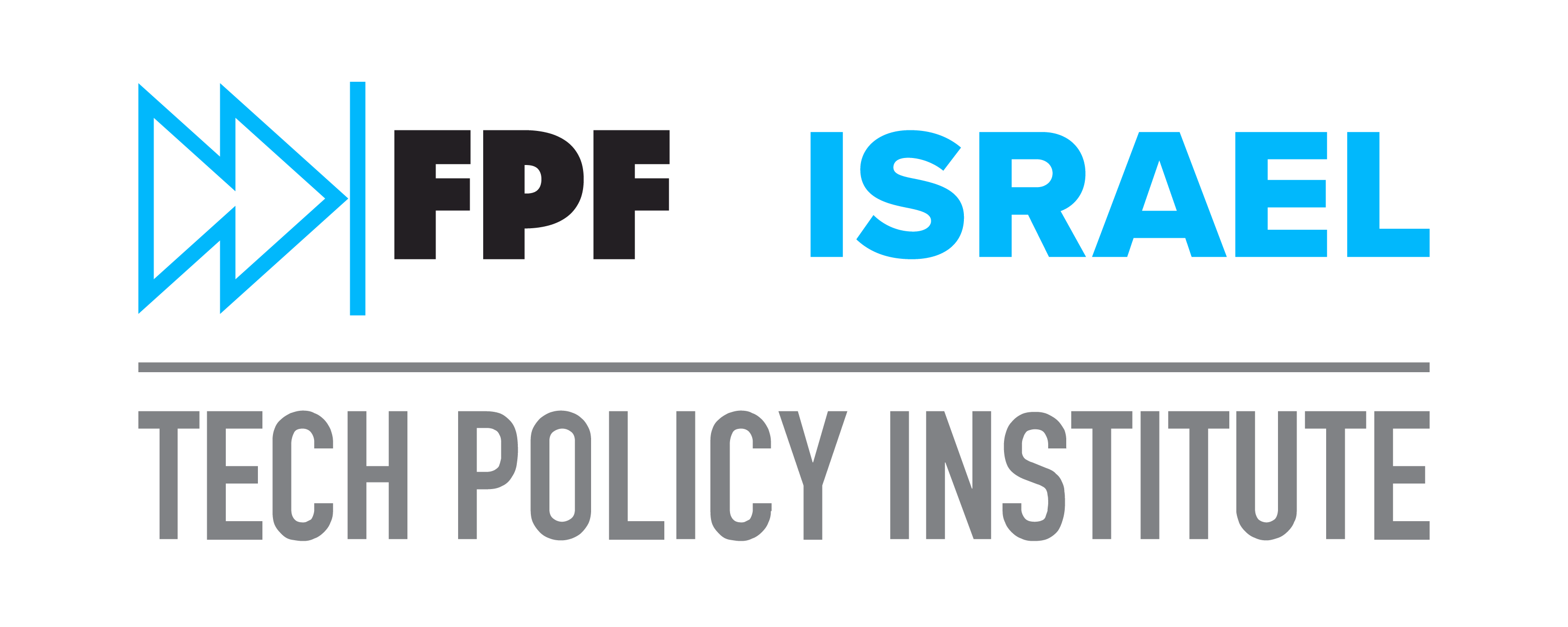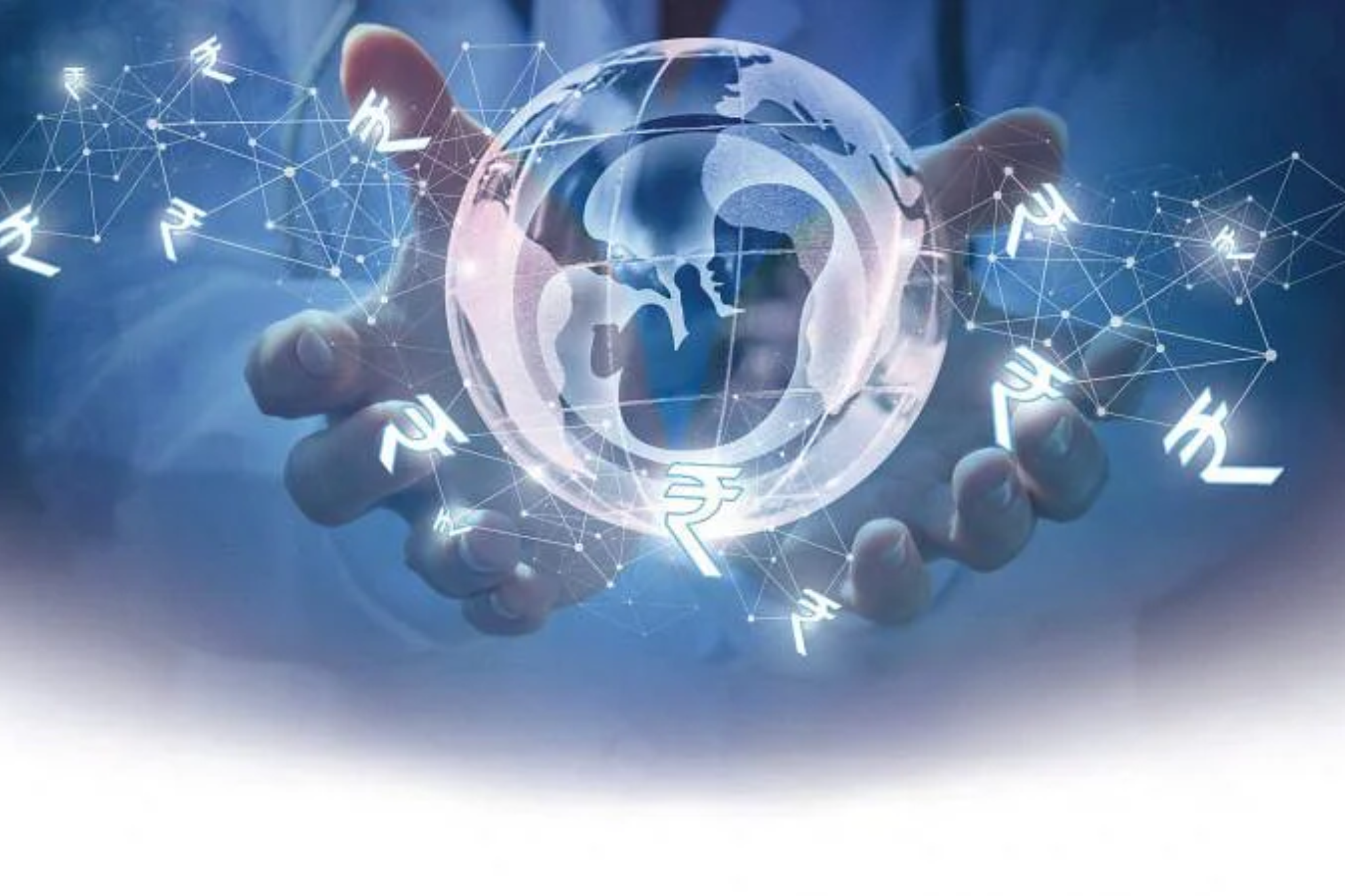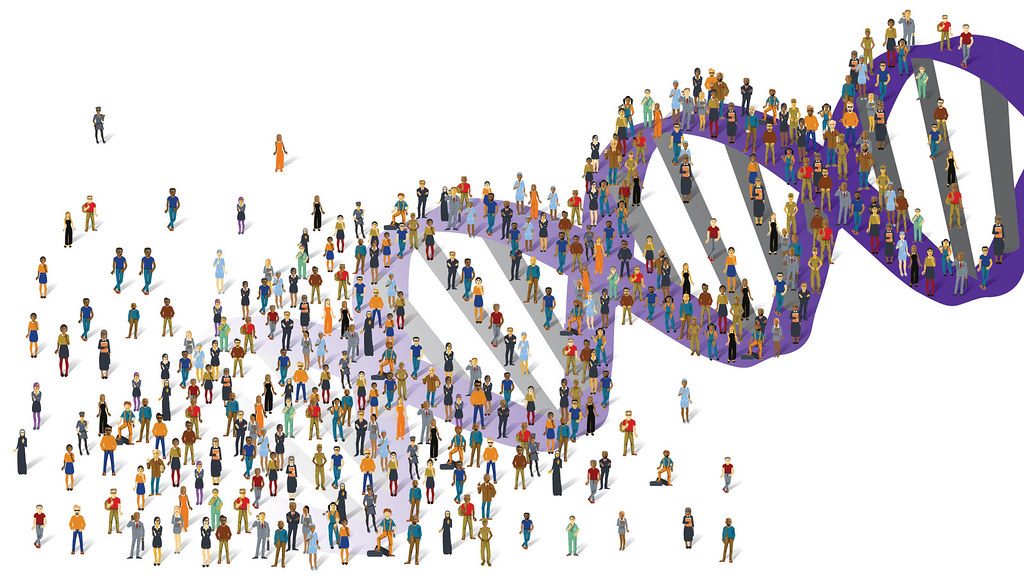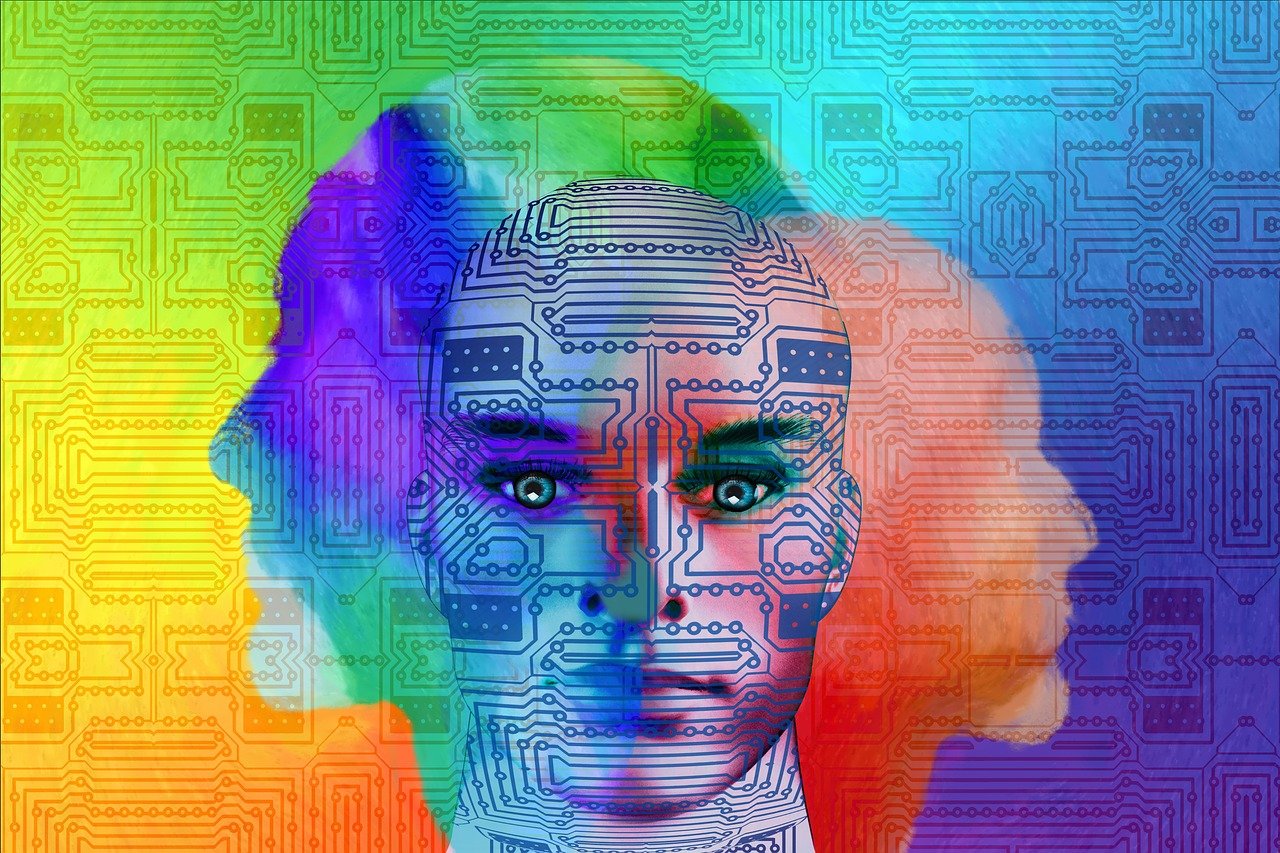The virus that crowned us: COVID-19
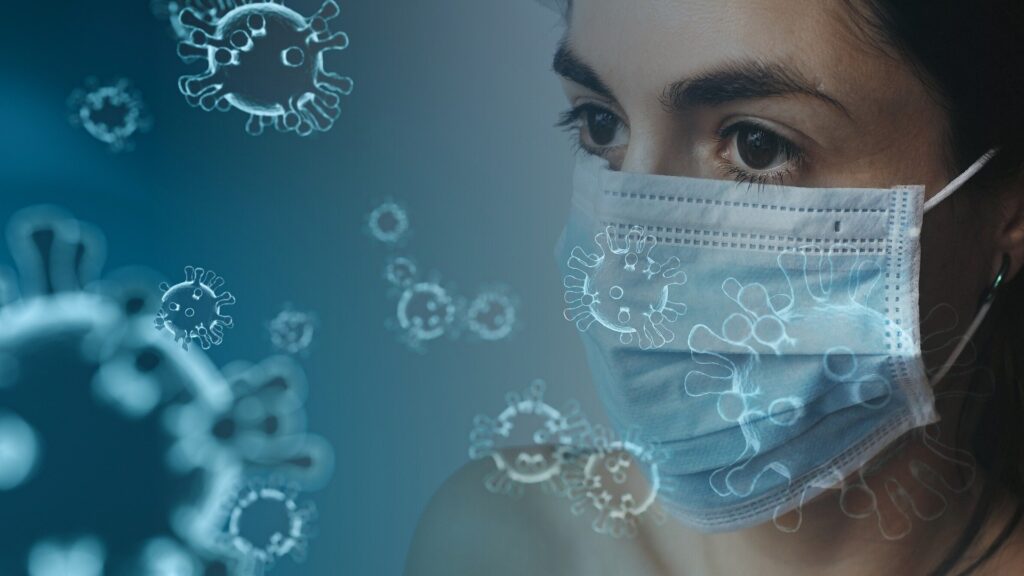
A crisis that threatens public health, such as the outbreak of epidemic, or worse still, pandemic, entails a twofold test for human society: devising resourceful ways to outwit the biological health threat imposed upon us and ,not less important, coping with this threat in a way that protects human rights and interests of the individual.
The outbreak and spread of the novel coronavirus, COVID-19, is one such challenge. Grappling with COVID-19 is a complicated, multipronged battle with local, national, and global implications. It has to be waged on several fronts simultaneously: healthcare, economics, and foreign policy. Challenges of this scale call for inventive use of technology to help in developing various solutions.
The current outbreak is characterized by resorting to technology, in particular to data science and Artificial Intelligence (AI), to contain the virus’ spread and address its health implications. In the COVID-19 crisis, technology serves us in several ways:
- Detection and monitoring of patients with drones or robots equipped with temperature sensors and facial recognition systems
- Enforcement of quarantine and home isolation with surveillance tools, such as cameras and other monitors
- Keeping people away from infected areas with digital maps and apps
- Purging fake news while promoting the dissemination of credible formal information in search engine results
A more ideal, future-looking, way involves harnessing technology to predict in advance the outbreak of epidemics and understand the pattern in which they spread. This is done by using AI, more particularly – machine learning (ML), which is capable of detecting patterns within big data sets indicating such outbreak.
While we work diligently to mitigate the risk of transmission and appreciate the apparent and potential benefits offered by technology, we must not overlook the risks that technological applications may pose to human and civil rights, as well as to social values. These risks raise the following key ethical difficulties:
- Breaching the privacy of multiple people suspected of being infected by the virus through the use of monitoring and policing technologies. Examples include surveillance cameras and drones deployed over large areas, and disclosure of (potentially identifiable) personal information of people that may, or may not, have been infected with the virus. This information may include gender, age, residence, marital status, occupation, places visited, and even a person’s image (sometimes obtained without consent) during hospitalization for therapy or isolation.
- Violation of human dignity, namely, the potential stigmatization of individuals suspected of being ill or being potential sources for infection, and discrimination against them. At the inception of the outbreak, stigmatization was directed mainly against people of Asian ethnicity in general and Chinese in particular, as the disease first appeared in Hubei, China. Stigmatization can amount to excluding people from the public sphere. Discrimination may be manifested, inter alia, through the failure to provide goods and services on an equitable basis.
One may even argue that providing remote medical care via robots and cameras instead of human care violates the human dignity of the patient. This argument raises the question of the boundaries of the ethical-professional commitment of the medical personnel, in particular during an epidemic: does the Hippocratic Oath entail the provision of care while risking the medical professional’s health and life?
- Breach of personal autonomy: the current situation potentially threatens the individual’s autonomy, both conceptually and physically. Conceptually, individual autonomy is compromised due to the lack of transparency about the virus infection risk (as occurred in China, in the early stages of the outbreak).
Being informed about the situation is essential for allowing people to choose how to protect (or not) themselves and their loved ones, against the health risk posed to them by the virus. Knowledge and transparency are crucial also for the medical and public health professionals, so they know what and whom to avoid and which medical measures to employ.
Individual autonomy is also physically at risk, in the face of quarantine enforced by technological means, among others. Imposing large-scale confinement on civilians primarily denies them of the freedom of movement. While designed to protect public health and should only be employed following careful consideration, quarantine also compromises the right to health and the right to life of non-infected individuals. Forced into quarantine, these people cannot flee the infected area to free themselves and their dear ones from the risk of disease transmission.
Quarantine is a truly radical measure that restricts individual rights and liberties. In order to be ethically justified, it is required to meet a number of conditions:
- The existence of a tangible and imminent danger to public health.
- The quarantine is expected to effectively contain the spread of the epidemic.
- The quarantine is a proportionate measure relative to the severity of the epidemic.
- Keeping infringement of individual rights and liberties – to the minimum necessary (limiting the quarantined territory and its duration), as mandated by the situation.
- It is implemented with a sufficient provision of food, medicines and essential services to the people under quarantine.
The range of technological measures employed to deal with the COVID-19, and the ingenuity of the solutions, reflect society’s determination to ward off the danger. However, the palpable threat to public health inevitably leads to the violation of rights and liberties of individuals. We must never grow accustomed to this compromise or regard the seemingly temporarily-frail umbrella of human rights, as part of normal life. Human society, through its leaders and policymakers, will only make it through the pandemic test if it navigates the right path, implementing technological measures in a manner that results in the most limited and temporary (short-termed) violation of human and civil rights, and only where strictly necessary. Only then will the citizens of the world be allowed to celebrate the coronation of a humane and just society.
